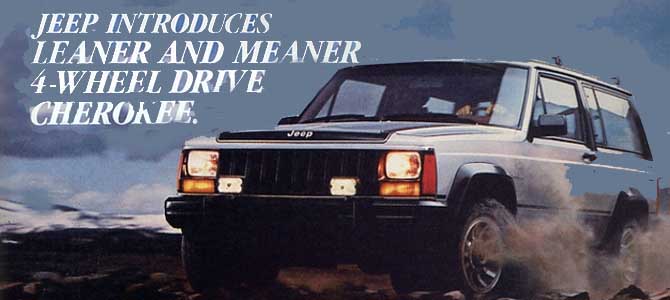If you have read any of the big car blogs in the last year, you’ve doubtless endured at least a few pieces on the “Millennial Question.” The role of youth in the automotive culture has so thoroughly captured the attention of car writers, hardly a day goes by in which at least one blog doesn’t add something to the debate. And no wonder: America’s much-vaunted “love affair with the automobile” has long relied heavily on a strong association between the youthful desire for freedom and the mobility that cars provide. If, as the data clearly shows, kids are less likely to buy cars than they used to be, it’s not just the auto industry that stands to be impacted… the very character of American culture is at stake.
Unfortunately, these high stakes have led to a more emotionalized discourse on the subject but not a better one. As I mentioned in my last Blind Spot on the subject, the conversation seems stuck between Baby Boomers trying to blame/shame Millennials for “giving up on cars,” and Millennials blaming Boomers for bequeathing them an economy with far less opportunity.
Regardless of which side you want to blame, it’s important to understand how complex this issue is. In the spirit of improving the discourse, here are a few issues that every writer should consider before launching into this divisive and far-more-interesting-than-you’d-think-by-reading-most-of-the-stories-on-it topic.













The RenCen Commentaries: Background and Analysis
When Bertel first told me he had traced a large numbers of comments at The Truth About Cars to I.P numbers owned by General Motors, the revelation didn’t immediately floor me. TTAC has long prided itself on its knowledgeable and industry-savvy commenters, and various industry insiders have been known to leave comments there. On a certain level, getting comments from inside any automaker is simply a sign of TTAC’s influence in the industry.
But as the scope and specifics of Bertel’s findings were made clear to me, I quickly came to the conclusion that they deserved a public hearing. After all, the evidence suggests that multiple employees of a publicly-owned company anonymously trolled and shilled on a critical website, all from company headquarters. If nothing else, people seem confused about the ethical complexities of online advocacy, and a conversation about the issue appears in order.
[ There is more … ]